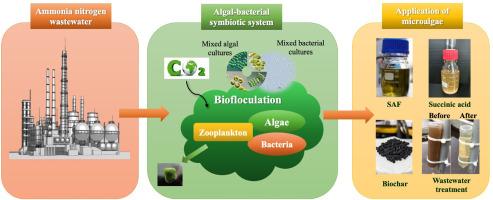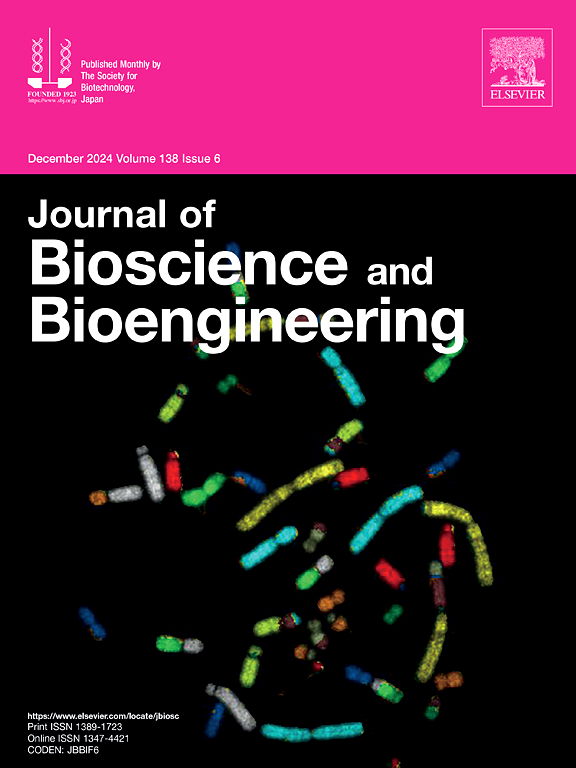藻类-细菌共生系统在氨氮废水处理中的应用。
IF 2.9
4区 生物学
Q3 BIOTECHNOLOGY & APPLIED MICROBIOLOGY
引用次数: 0
摘要
在工业过程中,氨氮排放的主要来源是有机物和含氮化学品。当直接释放到环境中时,这些氮化合物会提高水生毒性并降低溶解氧水平,严重影响水生生态系统。综述了传统的氨氮废水处理技术和新型氨氮废水处理技术。传统的方法包括物理、化学和生物过程。本文综述了基于藻类-细菌共生系统的氨氮废水处理新技术。本文从温度、光照强度、二氧化碳浓度、生物絮凝等方面讨论了影响藻菌共生系统的关键环境因素。此外,提出了创新的大型藻菌共生系统,旨在实现高二氧化碳去除效率,同时有效地处理低能耗的氨氮废水。本综述旨在为未来开发高效、商业可行的氨氮废水处理新技术提供有价值的见解。本文章由计算机程序翻译,如有差异,请以英文原文为准。

Application of algae-bacteria symbiosis system for ammonia nitrogen wastewater treatment
In industrial processes, the primary sources of ammonia nitrogen emissions are organic matter and nitrogen-containing chemicals. When released directly into the environment, these nitrogen compounds elevate aquatic toxicity and reduce dissolved oxygen levels, significantly affecting aquatic ecosystems. This review introduces both traditional and novel ammonia nitrogen wastewater treatment technologies. Traditional methods include physical, chemical, and biological processes. The focus of this review is on novel ammonia nitrogen wastewater treatment technology based on algae-bacteria symbiosis systems. The review discusses key environmental factors influencing the algae-bacteria symbiosis system, such as temperature, light intensity, carbon dioxide concentration, and bioflocculation. Furthermore, it presents innovative large-scale algae-bacteria symbiosis system designed to achieve high carbon dioxide removal efficiency while effectively treating ammonia nitrogen wastewater with low energy consumption. This review aims to provide valuable insights that support the future development of efficient and commercially viable novel technologies for treating ammonia-nitrogen wastewater.
求助全文
通过发布文献求助,成功后即可免费获取论文全文。
去求助
来源期刊

Journal of bioscience and bioengineering
生物-生物工程与应用微生物
CiteScore
5.90
自引率
3.60%
发文量
144
审稿时长
51 days
期刊介绍:
The Journal of Bioscience and Bioengineering is a research journal publishing original full-length research papers, reviews, and Letters to the Editor. The Journal is devoted to the advancement and dissemination of knowledge concerning fermentation technology, biochemical engineering, food technology and microbiology.
 求助内容:
求助内容: 应助结果提醒方式:
应助结果提醒方式:


